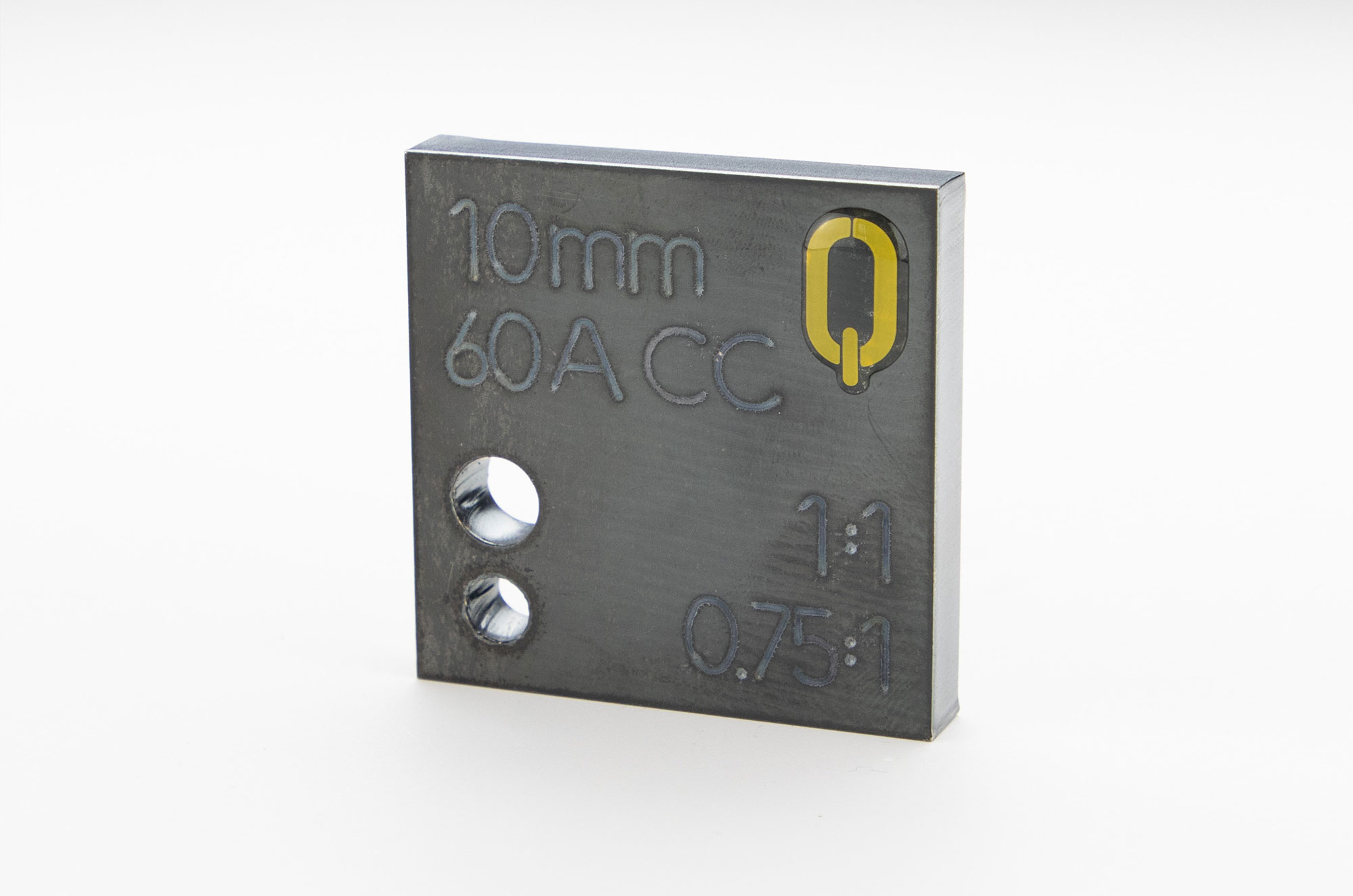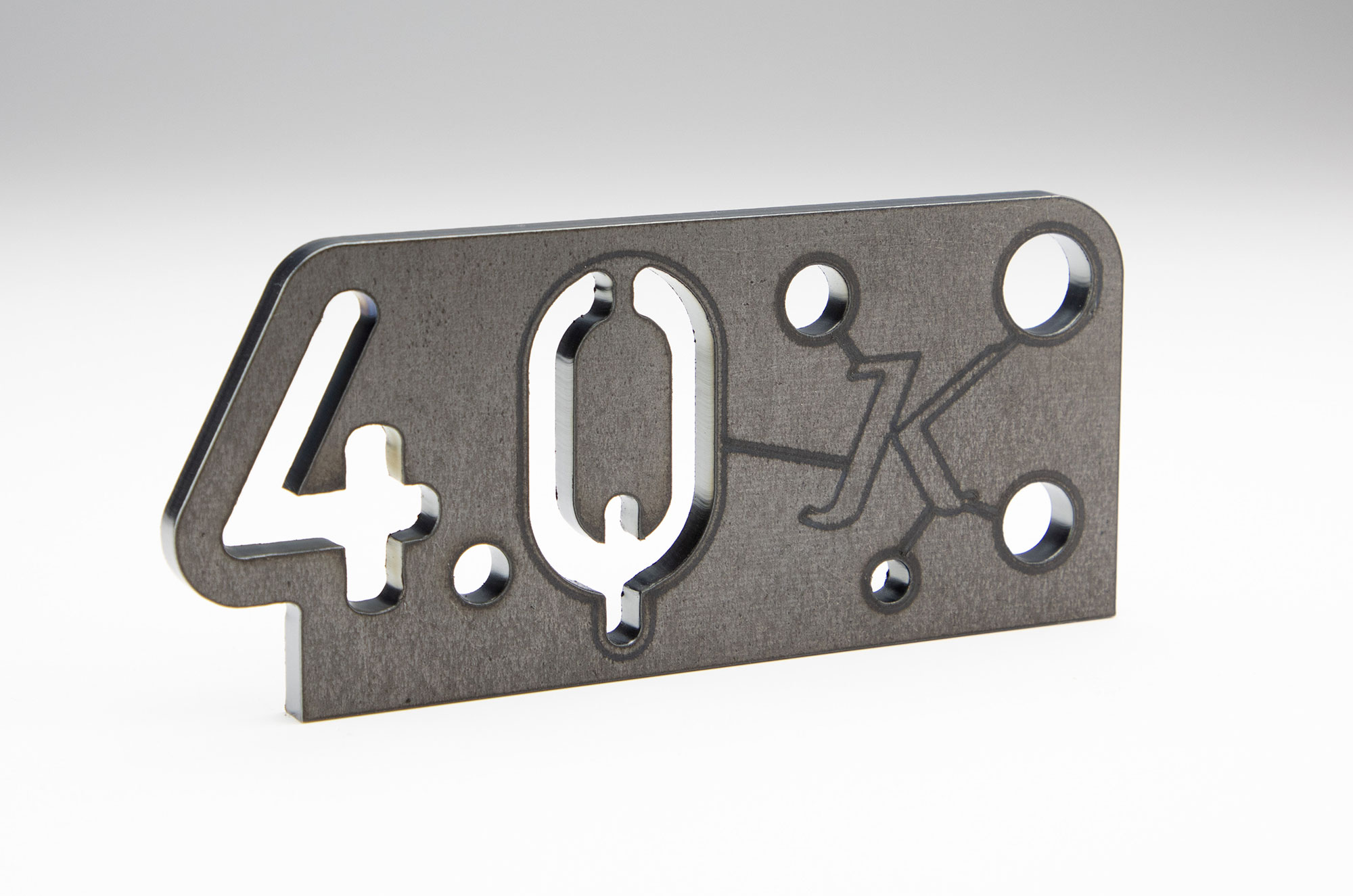Holes
Precise Holes – Not an Art but Know-How

It is generally known that plasma can be used not only for cutting long-run contours but also for cutting holes into all electrically conductive materials. But how good is the quality of such cuts?
Due to the physical build-up of the plasma arc, there is a lower limit, the minimum diameter. A rule of thumb says that the smallest possible hole has a diameter which is approximately one and a half times the plate thickness, for example with a 10 mm plate thickness the holes can be as small as 15 mm in diameter. However, the patented Contour Cut technology allows cutting holes which are significantly smaller with our power sources Smart Focus und HiFocus series.
Optimal Interaction for Well Cutting Results

With the Q series plate holes of 6 mm in diameter in 10 mm mild steel are possible in good quality. Angular deviations are very low; the extraction caused by the move-in and move-out is barely visible. The cutting edges on the upper and lower sides of the material remain sharp-edged. This means that the heat-affected zone is very small and the surface of the material is not melted or rounded.
Of course, such cutting results do not only depend on the plasma cutting machine as the tool and the material to be cut but also on the optimum interaction between the guiding system and the height control unit. If you cut holes of different diameter into a material with a thickness of 10 mm, the smallest possible hole diameter would be 7.5 mm, while the hole tolerance between upper and lower edge only amounts to +/- 0.2 mm.